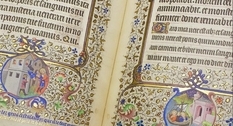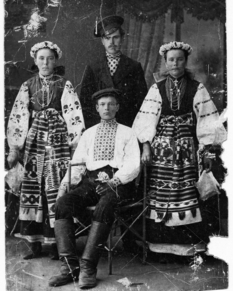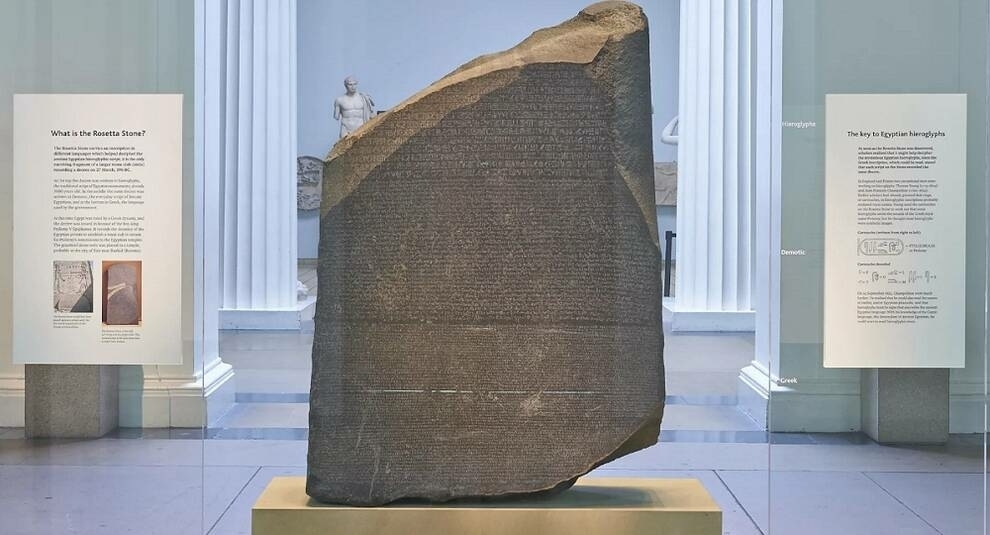
First steps in deciphering the Rosetta stone
In 1822, the French orientalist Jean-François Champollion made important steps in the study of the Rosetta stone, which later allowed a better understanding of Egyptian texts. The scientist was able to decipher several inscriptions that were circled by a cartouche on the stone and indicated two names: Ptolemy and Cleopatra. However, the theories of the time about phonetic writing, according to which it was used only during the Late Kingdom, prevented Champollion from moving forward.
Some time later, the researcher discovered cartouches with the names of ancient Egyptian rulers – Ramesses II and Thutmose III. Both the Pharaoh was the head of Egypt during the New Kingdom. New discoveries gave the scientist food for thought, and soon he suggested that the Egyptian hieroglyphs were not used for words, but for individual sounds and syllables. In 1841, Champollion published the work "Egyptian grammar", which allowed for a more active and in-depth study of hieroglyphic writing in the future.
The Rosetta stone is a slab that was discovered near Alexandria (Egypt) at the end of the XIX century. There are three identical texts on the plate. One of them is written in ancient Greek, the other two are written using ancient Egyptian hieroglyphs and symbols of demotic writing. Judging by the content, this text is a thank-you inscription addressed by the priests to Ptolemy V.
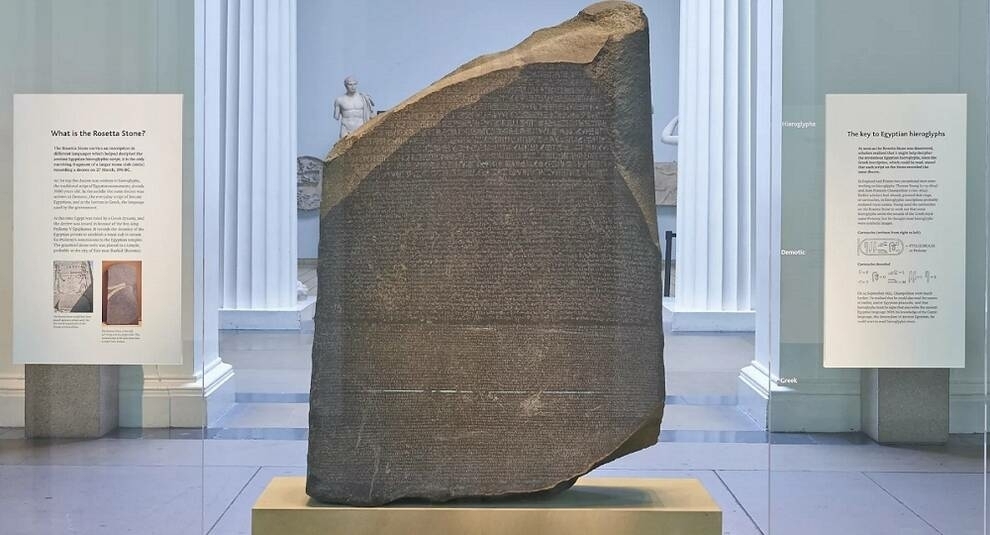
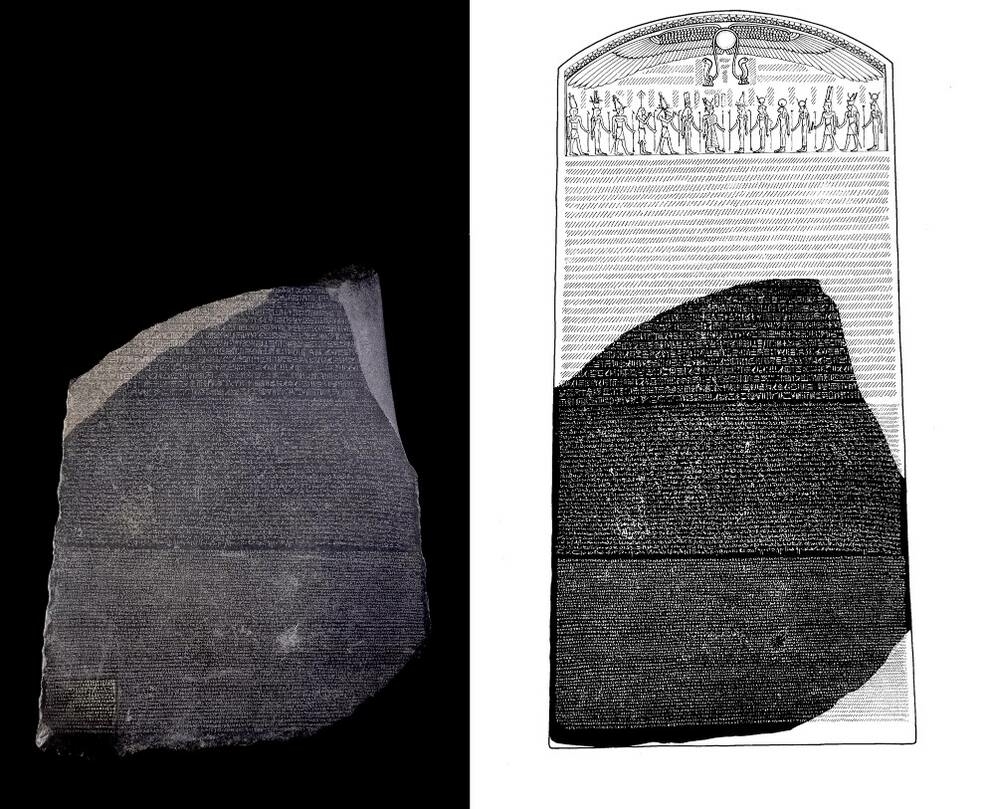
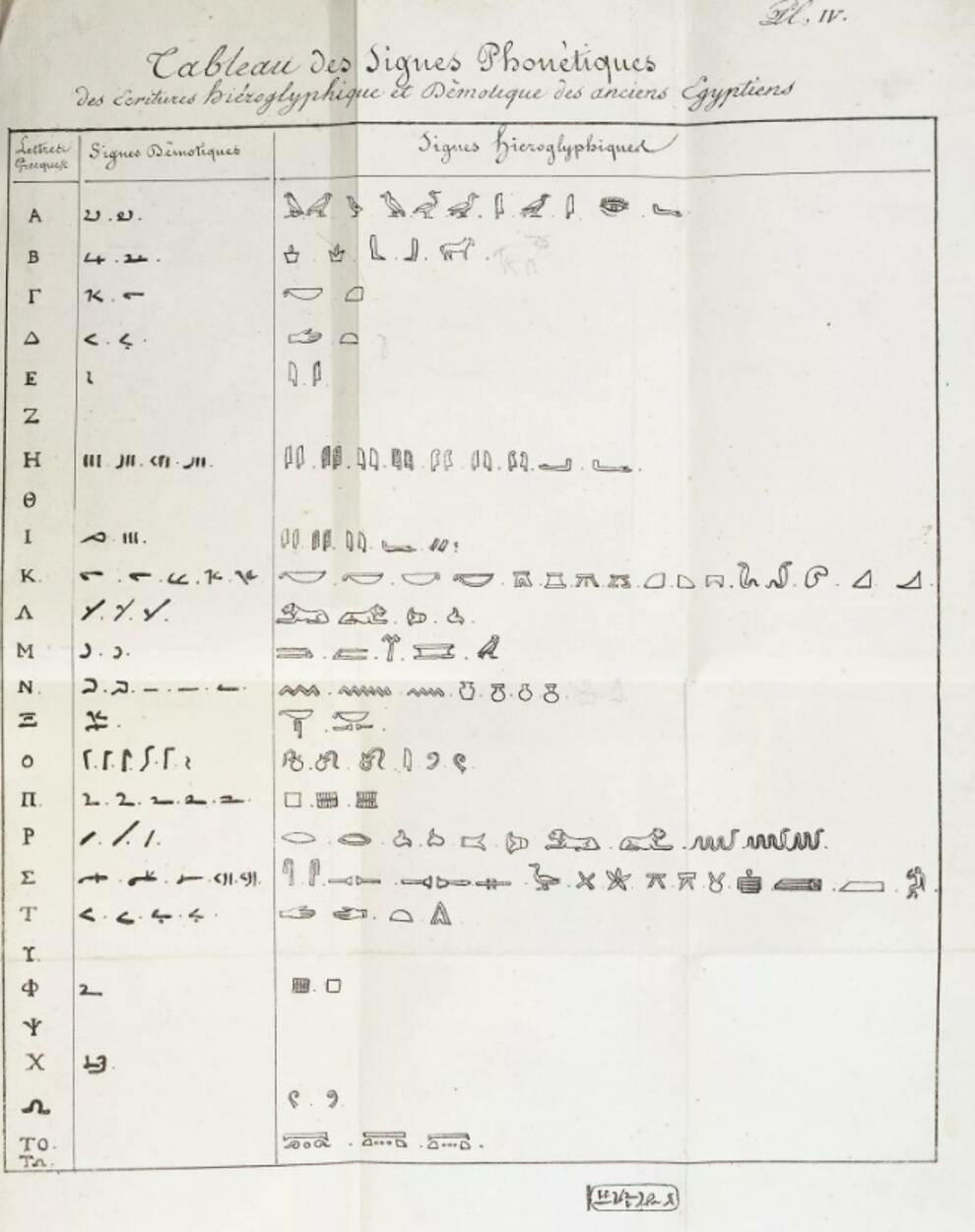
Some time later, the researcher discovered cartouches with the names of ancient Egyptian rulers – Ramesses II and Thutmose III. Both the Pharaoh was the head of Egypt during the New Kingdom. New discoveries gave the scientist food for thought, and soon he suggested that the Egyptian hieroglyphs were not used for words, but for individual sounds and syllables. In 1841, Champollion published the work "Egyptian grammar", which allowed for a more active and in-depth study of hieroglyphic writing in the future.
The Rosetta stone is a slab that was discovered near Alexandria (Egypt) at the end of the XIX century. There are three identical texts on the plate. One of them is written in ancient Greek, the other two are written using ancient Egyptian hieroglyphs and symbols of demotic writing. Judging by the content, this text is a thank-you inscription addressed by the priests to Ptolemy V.

Photo © blog.britishmuseum.org

Photo © blog.britishmuseum.org

Photo © blog.britishmuseum.org

